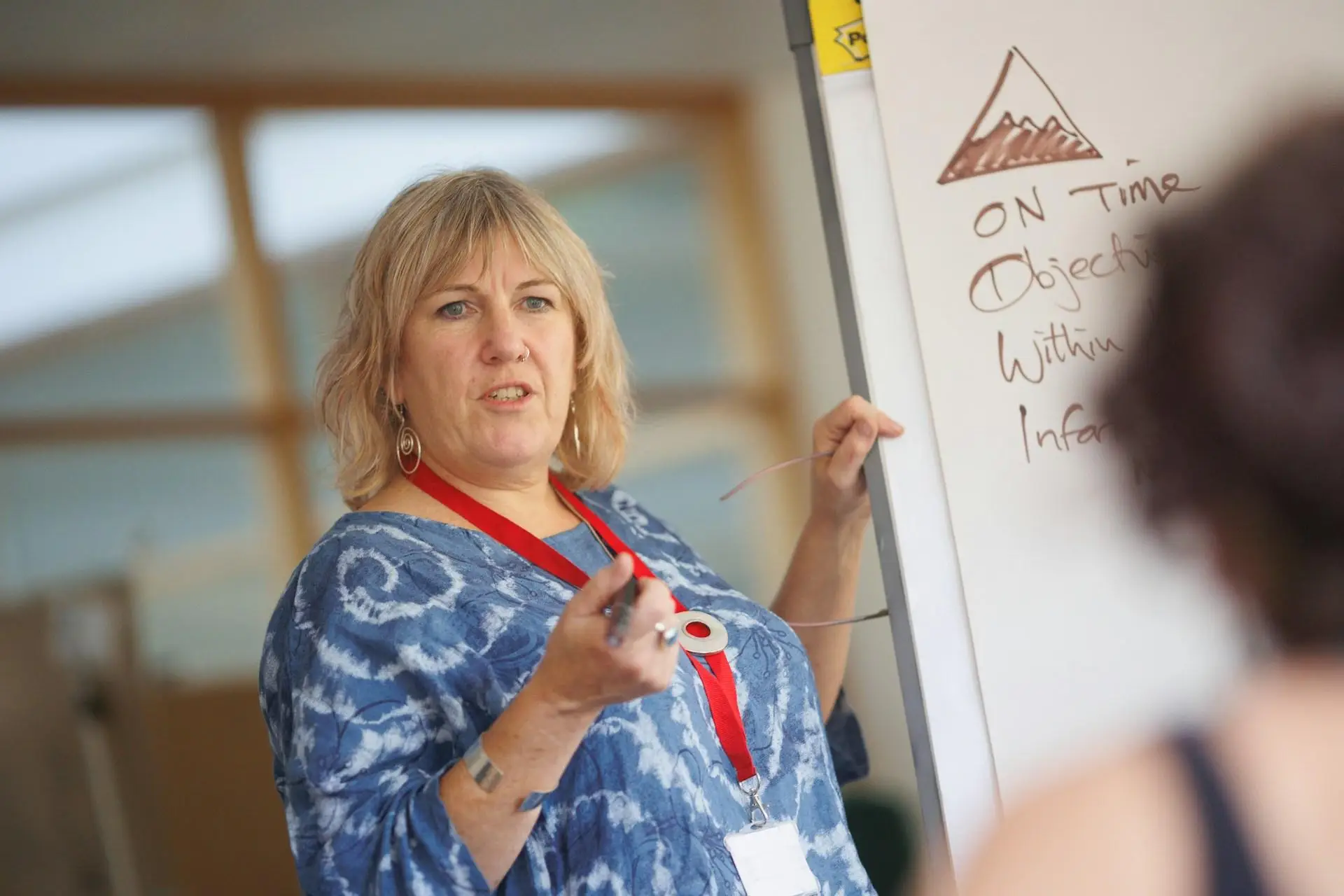Why Continuous Professional Development is Essential for Modern Educators
In today's rapidly changing educational landscape, staying updated with the latest teaching strategies, tools, and subject knowledge is not just a luxury but a necessity for educators. Continuous Professional Development (CPD) plays a crucial role in ensuring that teachers are equipped to meet the diverse and evolving needs of their students. The commitment to ongoing learning and improvement is what differentiates a good teacher from a great one, and it is this commitment that ultimately benefits students the most.
The Evolving Role of Teachers in the 21st Century
The role of teachers has expanded far beyond the traditional delivery of knowledge. With the advent of digital technologies, the rise of diverse student populations, and the constant updates in curricula, teachers are now required to be lifelong learners themselves. Continuous Professional Development (CPD) provides teachers with the necessary tools to navigate these changes effectively, allowing them to remain relevant and impactful in their profession.
CPD involves a wide range of activities, including workshops, seminars, online courses, and collaborative learning communities. These opportunities enable teachers to learn new teaching methods, integrate advanced technologies into their classrooms, and stay informed about the latest developments in their subject areas.
The Benefits of Continuous Professional Development for Teachers
Enhancing Teaching Strategies
One of the most significant benefits of CPD is the enhancement of teaching strategies. As educational research continues to uncover new insights into how students learn best, teachers must adapt their methods accordingly. CPD provides access to these innovative strategies, allowing educators to refine their approach to instruction.
By engaging in CPD, teachers can learn how to differentiate their teaching to cater to various learning styles and needs, which is crucial in today's diverse classrooms. For instance, a teacher might attend a workshop on differentiated instruction and return to their classroom with new strategies to support both high-achieving students and those who need more assistance.
Mastering New Tools and Technologies
The integration of technology in education is no longer optional; it is a fundamental part of modern teaching. However, the rapid pace of technological advancements can be overwhelming for educators. CPD offers the necessary training for teachers to master these new tools and technologies, ensuring they can use them effectively to enhance student learning.
From learning how to utilize educational software to understanding the best practices for incorporating digital resources, CPD equips teachers with the skills needed to bridge the digital divide. This is particularly important in ensuring that all students have access to high-quality education, regardless of their socio-economic background.
Expanding Subject Knowledge
Education is an ever-evolving field, and so are the subjects taught within it. Teachers must keep up with the latest developments in their areas of expertise to provide students with accurate and current information. CPD plays a vital role in this regard by offering opportunities for educators to deepen their subject knowledge.
Whether it’s through specialized courses, academic conferences, or collaborative research projects, CPD enables teachers to stay at the forefront of their disciplines. This continuous learning not only enhances their credibility but also inspires students to pursue knowledge with the same vigor.
The Impact of Continuous Professional Development on Student Outcomes
Improving Student Engagement and Learning
When teachers are well-prepared and confident in their abilities, it directly impacts student engagement and learning outcomes. Students are more likely to be engaged in lessons that are taught using innovative and relevant methods, which can lead to better academic performance and a deeper understanding of the material. CPD ensures that teachers are equipped with the latest instructional strategies that make learning more interactive and meaningful for students.
Addressing Diverse Learning Needs
In any classroom, students have varying needs and abilities. CPD helps teachers develop the skills necessary to differentiate their instruction, ensuring that all students receive the support they need to succeed. By learning how to tailor their teaching to accommodate different learning styles, teachers can create a more inclusive and supportive learning environment.
Fostering a Positive Learning Environment
A teacher’s confidence and expertise play a significant role in shaping the classroom environment. Through CPD, teachers can build on their strengths and address areas for improvement, leading to a more positive and productive classroom atmosphere. This, in turn, fosters a sense of security and motivation among students, encouraging them to participate more actively in their learning.
Overcoming the Challenges of Implementing CPD
Balancing Time and Responsibilities
Despite the clear benefits of CPD, many teachers face challenges in finding the time to engage in these activities. Balancing the demands of teaching with ongoing professional development can be difficult, especially in schools where resources are limited. To address this, schools and educational institutions must prioritize CPD by providing dedicated time for these activities, such as scheduled CPD days or offering online learning options that teachers can complete at their own pace.
Addressing Financial and Resource Constraints
Financial limitations are another common barrier to effective CPD. Many schools struggle with tight budgets that make it difficult to fund professional development programs. However, cost-effective strategies, such as in-house training sessions, partnerships with local universities, and the use of free online resources, can help mitigate these challenges. It is essential for educational leaders to recognize the long-term value of investing in CPD and to allocate resources accordingly.
Motivating Teachers to Engage in CPD
Not all teachers are naturally inclined to pursue ongoing professional development, particularly if they feel overwhelmed by their current workload. Creating a culture of lifelong learning within schools is essential to motivate teachers to engage in CPD. This can be achieved by recognizing and rewarding those who actively participate in professional development, as well as by fostering a collaborative environment where teachers support each other's growth.
Effective Strategies for Implementing CPD
Personalizing Professional Development
One-size-fits-all approaches to CPD are often ineffective. Personalized CPD plans that take into account individual teachers' needs, strengths, and career goals are much more likely to result in meaningful professional growth. By allowing teachers to choose the areas in which they wish to develop, schools can ensure that CPD is relevant and impactful.
Encouraging Collaborative Learning
Collaborative learning communities, such as Professional Learning Communities (PLCs), provide an excellent platform for teachers to share knowledge and learn from each other. These communities foster a sense of collective responsibility for student outcomes and create opportunities for peer mentoring and support. By encouraging collaboration, schools can enhance the effectiveness of CPD and build a stronger, more cohesive teaching team.
Continuous Assessment and Feedback
For CPD to be truly effective, it must be continuously assessed and refined. Regular feedback from teachers about the CPD programs they participate in can help identify what works and what doesn’t, allowing for continuous improvement. Schools should establish mechanisms for evaluating the impact of CPD on both teacher performance and student outcomes, ensuring that professional development efforts are aligned with educational goals.
Prioritizing Professional Development for Educational Success
In conclusion, Continuous Professional Development is not just a tool for professional growth but a vital component of educational success. By staying updated with new teaching strategies, tools, and subject knowledge, teachers can provide the highest quality education to their students, leading to better academic outcomes and a more dynamic learning environment. Schools, educators, and policymakers must work together to ensure that CPD is prioritized and effectively implemented, recognizing that the ultimate beneficiaries are the students themselves.




